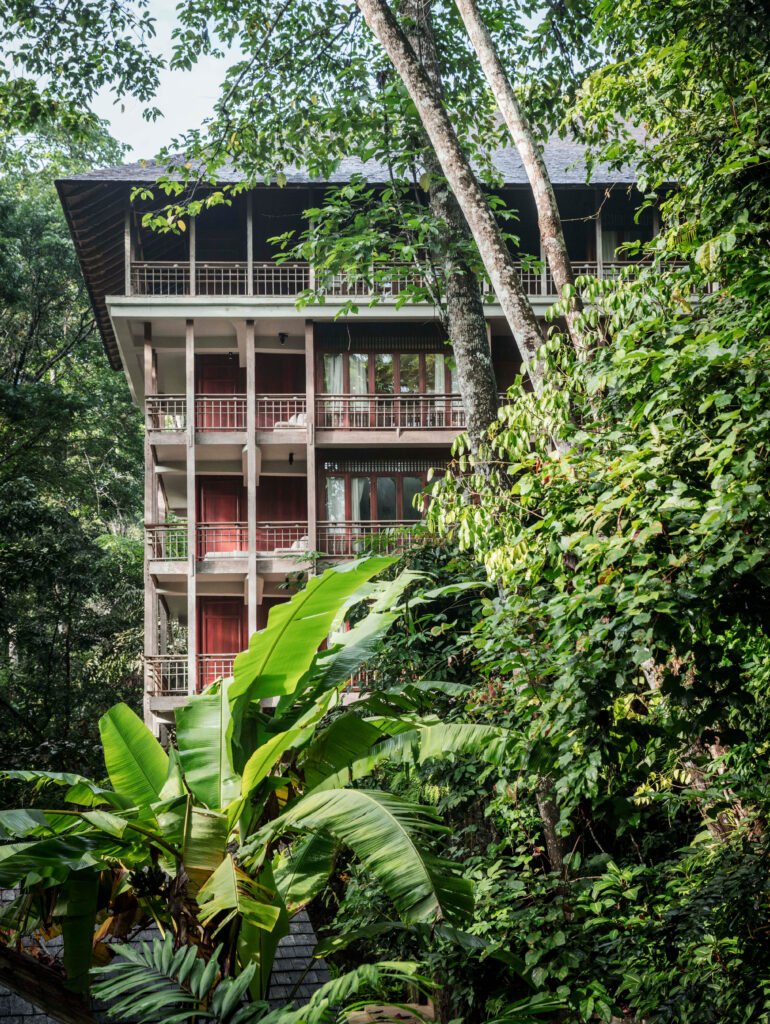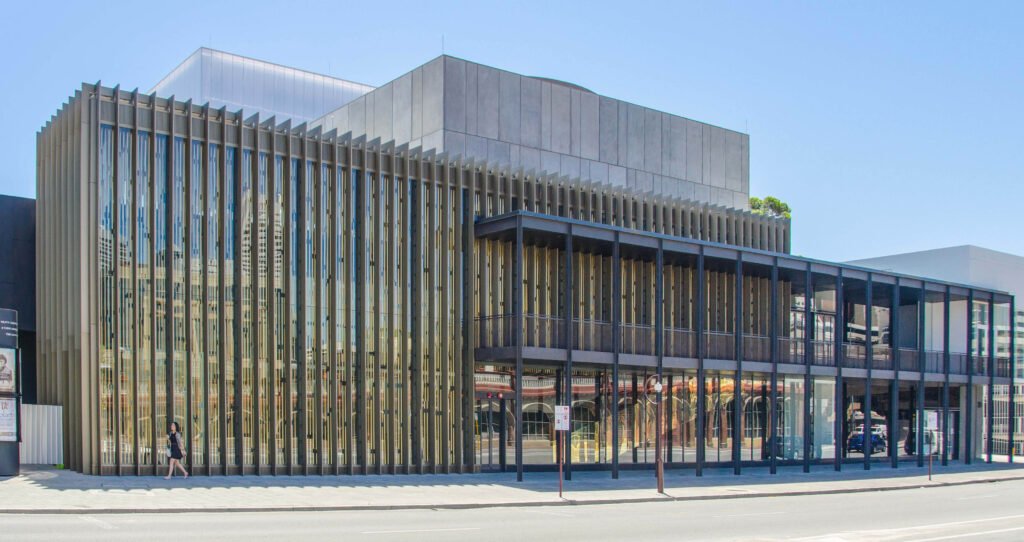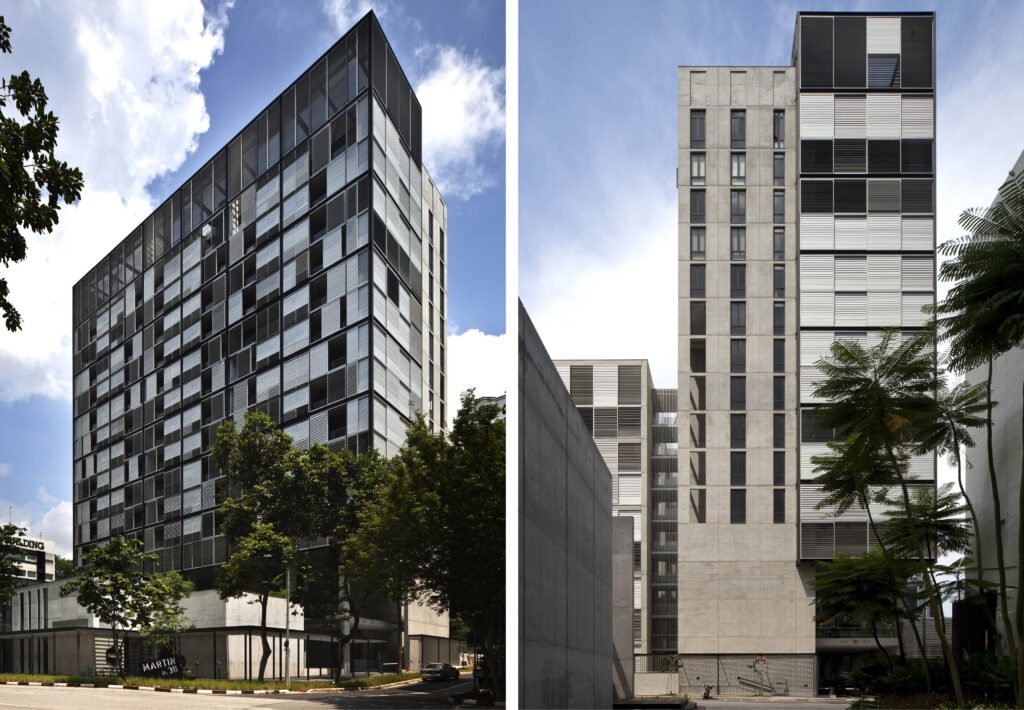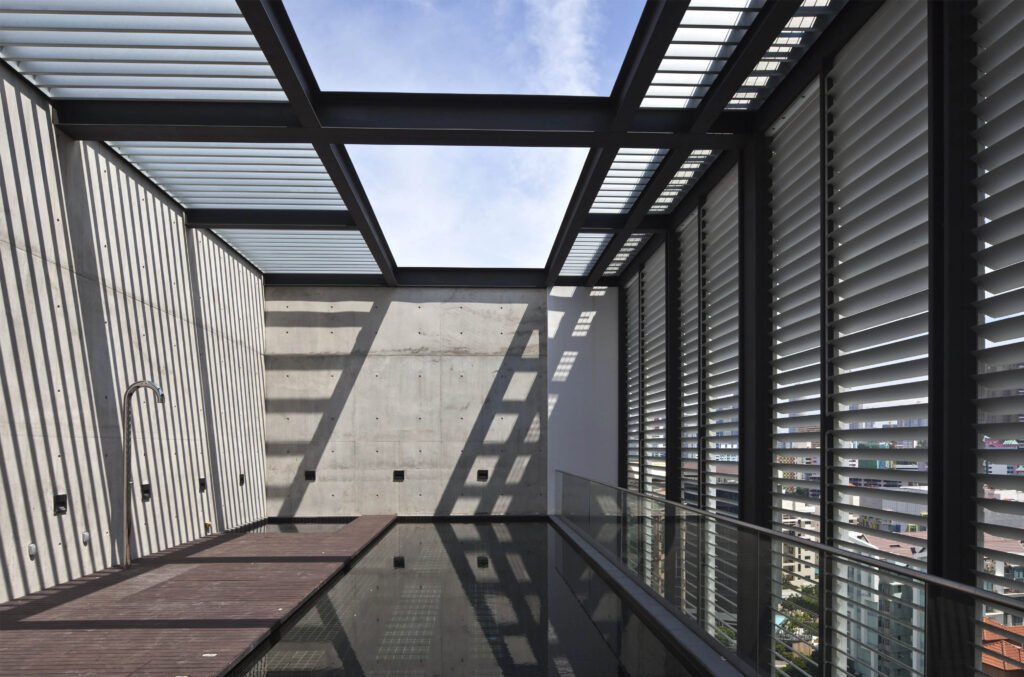Words Ranjit Wagh of Dar & Wagh
Images Ranjit Wagh, Wikimedia Commons


Five years ago, a former work colleague, Rossitza Iordanova, shared a photo of the late Australian architect Kerry Hill on Facebook: “The Man and his Models; Desaru, ITC, Kyoto”
It was a face and place I once knew.
During an interview after receiving the Outstanding Achievement Award at AHEAD Asia in Singapore, Kerry Hill plainly stated, “I’m Kerry Hill, an architect, like a dog is a dog; That’s my role in life.” It was a curious metaphor that also underscored the challenge confronting young, aspiring architects lucky enough to be selected to work at Kerry Hill’s practice.
He once glanced at a spa plan I was toiling on and muttered, “It’s too busy,” before walking away, leaving me to wrestle with the problem. That initial interaction in the studio encapsulated the essence of Kerry Hill, the architect. Few words were spoken, saved for moments that truly mattered, often involving architecture.


Kerry’s practice revolved around a singular purpose: creating authentic architecture in the true Vitruvian sense. Work at Kerry Hill Architects (KHA) happened with a sense of rigor and determination, and rarely under the pressure of unrealistic deadlines. When it came to design, there was no ‘winging it’. If good design took time, there was always a reasonable amount of it. Clients understood and appreciated this. At the time this seemed natural to any practice, but in hindsight, it was a carefully cultivated virtuous cycle perfected over the years by Kerry, enabling consistent production of exceptionally high-quality work.
Studio discussions homed in on tangible architectural aspects—space, light, materials, order—rarely delving into theoretical matters. The plan always took center stage, a diagram establishing fundamental relationships that evolved into compositions of poetically balanced rectangles, reminiscent of De Stijl art. This universality, however, morphed into site-specific solutions as projects progressed, marked by layered materials, openings, climate controls, and building technology. Quiet and appropriate.
KHA’s tropical spaces seamlessly blend indoor and outdoor realms, blurring the lines between Interiors, Architecture, and Landscape into a beautiful, cohesive whole. This holistic approach persisted through subsequent projects and building types and formed the foundation of the firm’s well-deserved renown.


Experience at Kerry Hill Architects revealed that Kerry often anticipated solutions, yet he compelled us to explore all avenues before selecting the very answer he already knew. It was a distinctively Kerry-esque way of testing and training. Ironically, these struggles birthed designs that felt effortlessly self-evident, concealing the arduous hours of drafting and redrafting behind their simplicity. For him, true genius lies in simplifying complexity.
When the practice won a World Architecture Festival award for the Martin Road Apartments in Singapore, Kerry urged the jury to visit the building itself, and not be content with perusing photos. This perspective seemed counterintuitive, considering his mastery of order, space, light, and materials. Yet, his true talent lay in creating emotionally evocative buildings—arrangements of sun, views, and movement that defied photographic capture. This reaffirmed his belief that architecture needed to transcend images to positively impact society. Aspiring architects immersed in instant architecture on social media should ponder this notion.


KHA hosted a significant number of individuals who remained for spans of 10, 12, and even 18 years. People liked to work at Kerry Hill Architects, and once you joined the team, one never truly ‘leaves’. Sure, some explored starting their own practices, coming back when it doesn’t work out. And yet a spot always seemed ready for them, resulting in a cycle of departures and returns. As long as one held onto a commitment to architecture and a willingness to chase ambitious ideas, Kerry provided unwavering support. This assurance fostered an environment that nurtured many laudable practices under his guidance. KHA director Justin Hill fittingly dubbed the firm, “A tree of life!”
The office’s strong foundation of experienced designers allowed Kerry to delegate project management to trusted colleagues. This gave him time to work and train younger staff members. He kept pace with technological advancements, pushing the practice’s design boundaries to stay cutting-edge.


Now, Kerry was a little skeptical about computer-aided design. Not that he wasn’t ‘in sync’ with the digital world; quite the opposite, in fact. He believed that generic CAD software couldn’t replicate the gestation period designers required to really hone their skill sets and grow. Pencil sketches allowed for multiple interpretations and meanings, aspects often lost in rigid CAD. For him, decisions made early in the design process hindered the necessary ambiguity of thought and intent. Buildings were meant to be inhabited, to evoke feelings rather than exist solely in the imagination.
Fostering a diversity of people and projects was paramount at KHA, and this produced a unique genius locus that harmonized with Singapore’s multicultural identity. Kerry often shuffled clients through the office, introducing staff by nationality and projects by location. “We have a Russian, a Portuguese, a Sri Lankan.”; “This is Dubrovnik, this is Kyoto, this one, Beirut.” We sometimes joked that it was all a bit like collecting baseball cards.
And then there was white wine. Evening discussions inevitably unfolded over a few glasses, while Friday evenings became alcohol-fueled sessions where colleagues unwound, bonded, and engaged in critiques often absent from starchitectural practices.


I met Kerry again in his studio back in 2017, on a Singapore visit. He wanted to know how I was doing. We spoke about India and the practice, his time at the Osho Commune in Pune, the Deccan Queen, and his drive to Mahabalipuram. He pondered project selection and the complexities of running a firm, describing it as a roller coaster. Our conversation was interrupted when his assistant announced his taxi’s arrival. After bidding farewell, he reentered the room, gazed into my eyes, and said, “You have to decide if you’re doing Architecture as a business or if you are in the business of Architecture.” Then he left.
That marked the final time I saw him.
A story circulates that Indian architect B.V. Doshi once visited Louis Kahn after Le Corbusier’s funeral. Kahn asked the future Pritzker laureate: “Who will I design for now?”
One might ponder the very same question. •


One Response